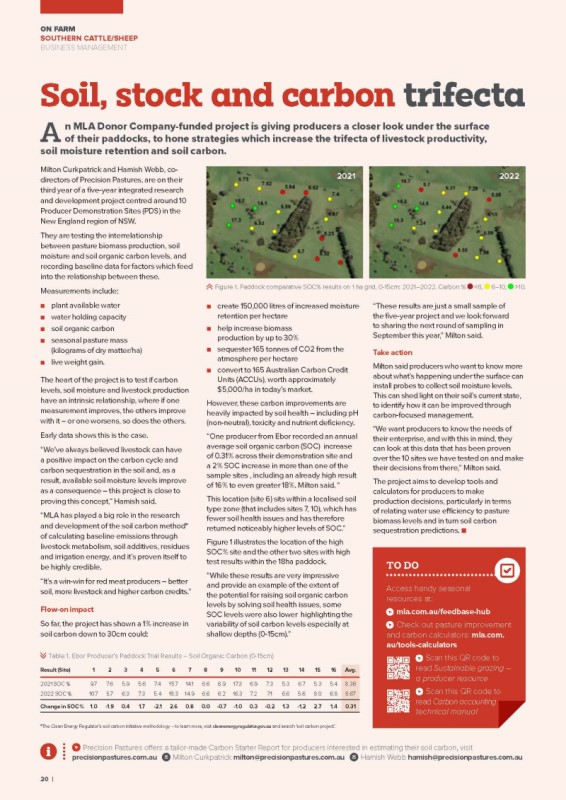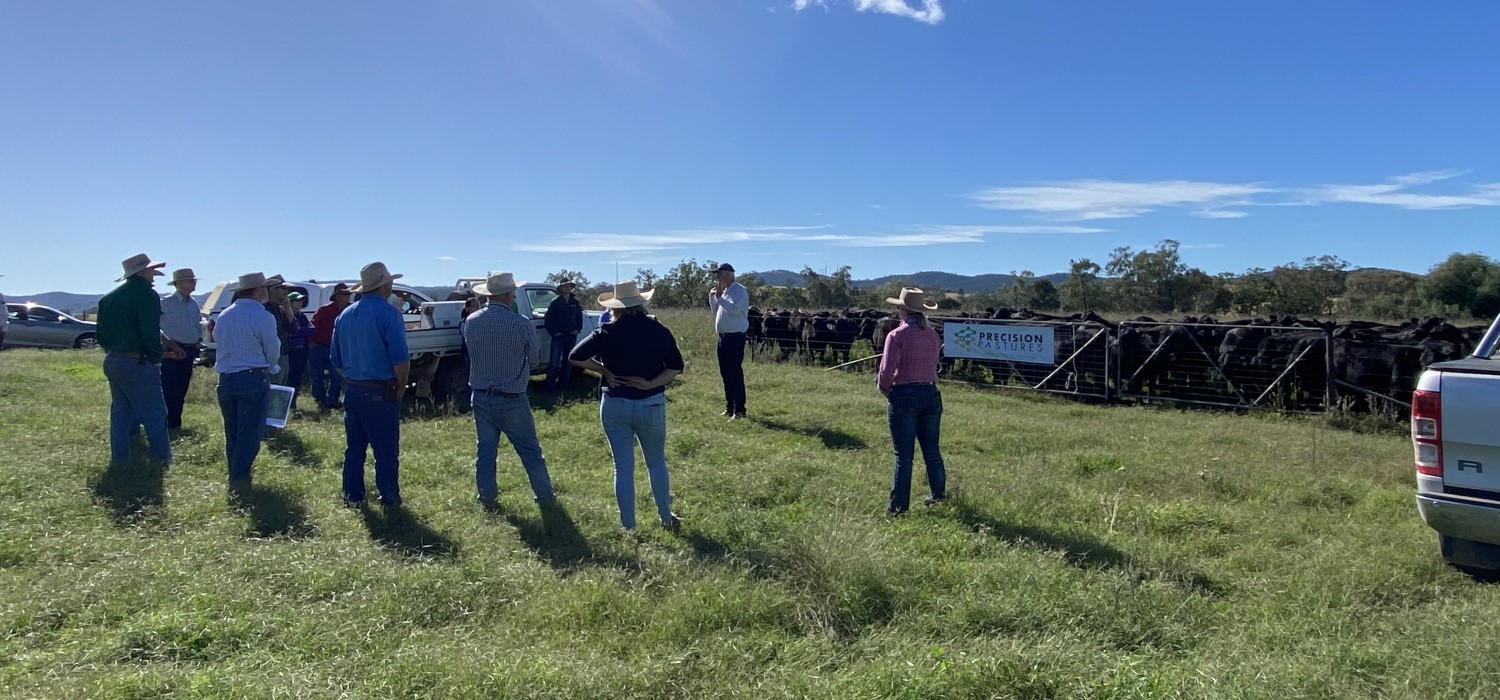
Research and development
We work closely with Meat and Livestock Australia and other industry leaders across several research projects to further our collective understanding of soil, pasture and carbon.
We coordinate two MLA Producer Demonstration Site (PDS) projects over fifteen diverse pastoral properties in the New England region.
The producer participants and a group of observer participants are engaged in these projects to improve their understanding of soil nutrients, grazing management and soil carbon sequestration.
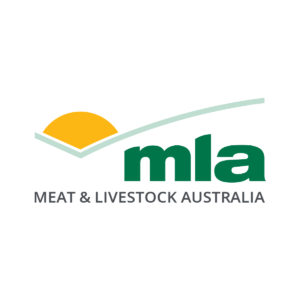
MLA & MLA Donor Company
Grazing system impact on livestock productivity, soil moisture and soil organic carbon
This project explores the inter-relationship between soil organic carbon, pasture production and soil moisture by addressing the following questions:
- Are higher soil organic carbon levels associated with higher pasture productivity?
- How do drought and rainfall affect soil organic carbon levels?
- Can we project seasonal pasture production using soil moisture data?
For livestock producers, this project will provide meaningful evidence of the relationship between soil carbon, improved water holding capacity and, in turn, increased pasture production and the potential to benefit from a soil carbon project. If you want to know more, read the ‘Soil, stock and carbon trifecta’ article in the Autumn 2023 issue of the MLA Feedback magazine
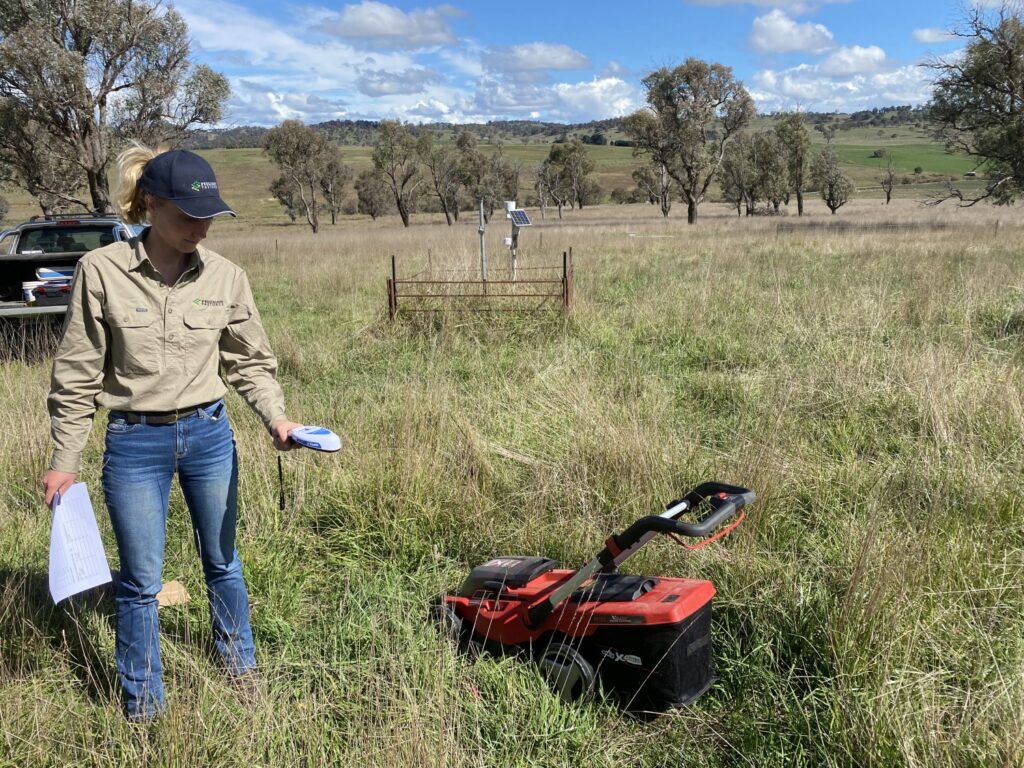
MLA PDS project: Zoning up to optimise pasture production
Variable rate fertiliser applications (VRA) aim to address soil nutrient and pH variation across designated paddocks. Each paddock within the project has been soil sampled on a one hectare grid. The main soil nutrient constraints have been determined (P & pH) and zone mapped for range in results. VRA prescriptions are prepared annually for fertiliser and lime applications with the aim of achieving consistent and optimal nutrient and pH levels across paddocks, enhancing pasture yield, livestock production, and on-farm returns.
Variable rate applications generally lessen fertiliser and lime requirements: all six project participants reduced their lime application to 0.09 – 2 tonnes/hectare in 2022, compared to the standard guideline of 2.5 tonnes/hectare blanket application. This saved farmers $20 to $96 in lime per hectare, without compromising pasture production.
“We had one big paddock of 700 acres so we committed to the MLA MDC project where Precision Pastures conducted a soil test program to work out how best to subdivide the country, and ensure we were applying the right fertiliser to the right areas, at the right rate. These recommendations meant a huge cost-saving. […] The probes monitor soil moisture and NDVI (normalised difference vegetation index). This data is related to movements in soil carbon levels and soil nutrients so you can tell whether you’re improving your soil. We can then figure out how to best manage that land to its optimum level.”
– Gary Olrich, Woolbrook, NSW
Related Services

Pasture Improvements
Utilising comprehensive soil sampling, testing, satellite imagery and soil surveys to create tailored pasture improvement programs.

Farm Mapping
Utilising GPS and satellite imagery to create digital farm maps including paddock boundaries and soil u0026 vegetation zones.

Soil Surveys
Utilising electromagnetic, NDVI, bulk density, gamma and other satellite imagery for VRA and strategic fertiliser prescriptions.
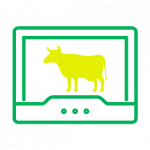
On Farm Trials
On-farm research trials (partnering with Meat u0026 Livestock Australia and other research institutes) to lead the way in new soil, pasture and carbon research.

